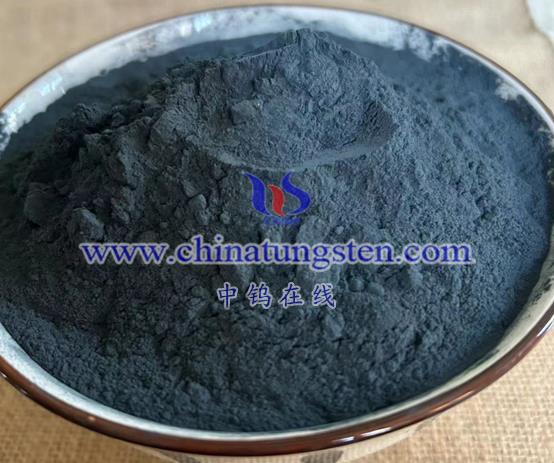
The structure-directing agents for tungsten oxide nanowires play a critical role in the preparation process, influencing the growth direction and morphology of the nanowires. Common structure-directing agents include the following:
- Inorganic Salt Structure-Directing Agents for Tungsten Oxide Nanowires
- Potassium Sulfate (K2SO4): Often used as an important structure-directing agent during preparation. For example, using sodium tungstate (Na2WO4) as a precursor and potassium sulfate as a structure-directing agent, tungsten trioxide (WO3) nanowires can be synthesized through a hydrothermal method. By adjusting the concentration of potassium sulfate and reaction conditions, control over the morphology and structure of the nanowires can be achieved.
- Potassium Oxalate (K2C2O4): Another potassium salt, potassium oxalate, is also used as a structure-directing agent for tungsten oxide nanowires. Its addition during hydrothermal reactions can guide the growth of tungsten oxide nanowires, resulting in specific morphologies and properties.
- Sodium Sulfate (Na2SO4): In certain preparation methods, sodium sulfate can also serve as a structure-directing agent. By adjusting the amount of sodium sulfate and reaction conditions, fine control over the morphology and size of tungsten oxide nanowires can be achieved.
- Other Inorganic Compound Structure-Directing Agents: Besides the aforementioned inorganic salts, other inorganic compounds may also be used as structure-directing agents for tungsten oxide nanowires, depending on the preparation method and desired characteristics of the nanowires. These inorganic compounds typically have the ability to interact with the tungsten precursor, thereby guiding the growth of the nanowires.
- Organic Template Agents: In certain specialized preparation methods, organic template agents can also be used as structure-directing agents for tungsten oxide nanowires. These agents can form specific template structures through interaction with the tungsten precursor during the growth of the nanowires, thus directing their growth direction and morphology. However, compared to inorganic salts, the use of organic template agents may be more complex and costly.
- Block Copolymers: In more advanced preparation methods, block copolymers are ideal structure-directing agents due to their unique self-assembly capabilities and phase separation behavior. For example, certain block copolymers can form complexes with tungsten precursor materials, and through subsequent processing, they can create tungsten oxide nanowires with specific morphologies and structures via phase separation and self-assembly. This method offers high controllability and flexibility, allowing for the fabrication of nanowire materials with complex structures and excellent properties.
Different preparation methods and conditions may require different structure-directing agents, so it is essential to consider and optimize the selection of these agents based on specific situations. Additionally, the type and amount of structure-directing agents can significantly affect the performance of the final tungsten oxide nanowires, necessitating detailed experimental studies and characterization to determine optimal conditions.
More details of tungsten oxide product, please visit website: tungsten-oxide.com
Please contact CHINATUNGSTEN for inquiry and order of tungsten oxide:
Email: sales@chinatungsten.com
Tel.: 86 592 5129595








